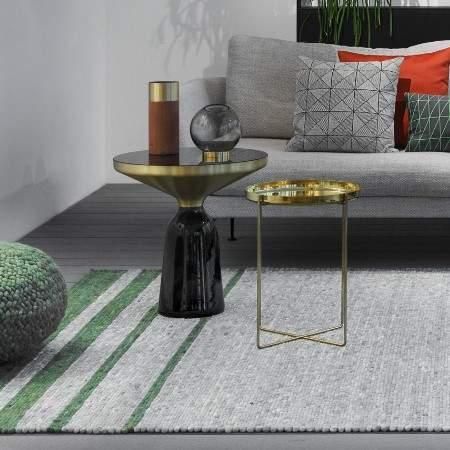Local Storage seems to be disabled in your browser.
For the best experience on our site, be sure to turn on Local Storage in your browser.
Natural Materials in Interior Design: How to Choose the Perfect Rug
18
Feb
As we move into 2025, sustainability remains at the heart of interior design. Homeowners and designers alike are increasingly opting for eco-friendly materials that combine aesthetics with environmental responsibility. Rugs made from natural fibers are a perfect choice to create a warm, stylish, and sustainable home.
Why Choose Natural Fiber Rugs?
Natural rugs not only bring an organic and timeless charm to your interior but also come with a range of benefits:
- Eco-Friendly & Biodegradable – Unlike synthetic rugs, natural fiber rugs are made from renewable resources and decompose more easily.
- Durability – Many natural fibers are exceptionally strong, ensuring a longer lifespan for your rug, even in high-traffic areas.
- Texture & Warmth – These rugs add depth, warmth, and a tactile element to your interior design, making spaces feel cozier.
- Hypoallergenic – Natural fibers tend to trap fewer allergens than synthetic materials, making them a great option for allergy sufferers.
Top Natural Rug Materials
- Wool – Soft, warm, and naturally stain-resistant, wool rugs are highly durable and suitable for living rooms and bedrooms. They also retain warmth, making them ideal for colder climates.
- Jute – A budget-friendly and sustainable option, jute rugs add a natural, boho-chic look to any space. Best suited for casual settings like living rooms, sunrooms, and entryways.
- Sisal – Hard-wearing and ideal for high-traffic areas, sisal rugs provide a raw, organic texture that adds character to modern and minimalist interiors.
- Cotton – Soft, breathable, and easy to clean, cotton rugs are perfect for kitchens, playrooms, and casual spaces. They are often machine-washable, adding to their practicality.
- Bamboo Silk & Tencel – These materials mimic the softness and sheen of silk but are made from plant-based sources, offering a luxurious yet sustainable option for elegant interiors.
How to Choose the Right Natural Fiber Rug for Your Home
- Consider Your Lifestyle – High-traffic areas need more durable fibers like wool or sisal, while soft materials like bamboo silk work best in low-traffic spaces.
- Think About Maintenance – Jute and sisal require more care as they absorb moisture easily, whereas wool and cotton are more stain-resistant.
- Match It to Your Interior Style – A jute rug pairs well with bohemian or coastal interiors, while a wool rug complements classic or contemporary designs.
- Go for Sustainability – Check for eco-certifications to ensure your rug is sourced responsibly.






